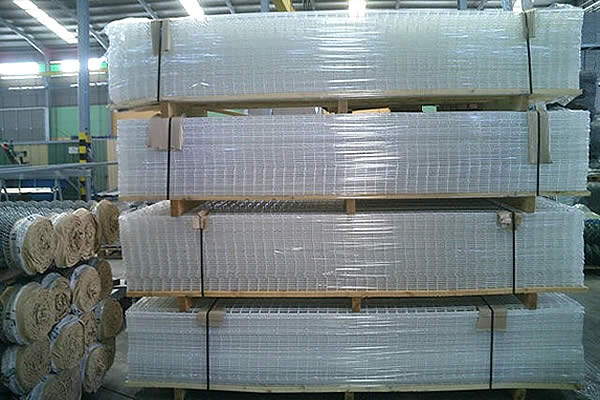 TEL:
+86-13102802206
TEL:
+86-13102802206
 Email:
fencenetting@china.com
Email:
fencenetting@china.com
 Language
Language
 TEL:
+86-13102802206
TEL:
+86-13102802206
 Email:
fencenetting@china.com
Email:
fencenetting@china.com
 Language
Language


The Cost of Temporary Fencing A Comprehensive Overview
Temporary fencing is an essential component in a variety of scenarios, ranging from construction sites to public events. Its primary purpose is to ensure safety and security, protecting both the public and the assets on the property. However, like any other service or product, the cost of temporary fencing can vary significantly based on several factors. In this article, we will explore the elements that influence costs, typical pricing structures, and the importance of investing in quality temporary fencing.
Factors Influencing Cost
1. Type of Material The choice of materials for temporary fencing is perhaps the most significant factor affecting the overall cost. Options typically include chain-link, vinyl, wood, and mesh fencing. Chain-link is often the most cost-effective option but may lack aesthetic appeal, while wood fencing, though more attractive, is typically more expensive. Mesh fencing provides visibility and wind resistance but may vary in price based on its durability and weight.
2. Height and Length of the Fence Temporary fencing is available in various heights and lengths, which also influences pricing. Taller fences tend to be more expensive due to the increased material and installation time. Similarly, the length of fencing required will significantly impact costs, as prices are often calculated per linear foot.
3. Installation Costs While some businesses opt for DIY installation, many temporary fencing companies offer professional installation services. Hiring professionals can increase overall costs but ensures a safer and more secure setup. Additionally, hiring skilled labor can reduce the risks of accidental damage or improper installation, which may lead to more significant expenses down the line.
4. Location The geographical location of the project can also affect costs. For instance, urban areas may incur higher transportation costs for both materials and labor. Furthermore, local regulations regarding fencing height and placement might influence the type and cost of fencing required.
5. Permit Fees In some jurisdictions, obtaining a permit for temporary fencing is necessary, especially for public events or construction projects. These permit fees add to the overall cost and should be factored into budget considerations.

6. Duration of Rental Temporary fencing can be rented on a short-term or long-term basis. Rental companies typically offer various pricing models, and while a long-term rental may provide discounts, the upfront cost can be steep. It is crucial for planners to evaluate the duration for which fencing will be required to determine the most cost-effective solution.
Typical Cost Estimates
The cost of temporary fencing can vary widely, but on average, prices can range from $1 to $10 per linear foot, depending on the factors outlined above. Chain-link fencing, being the most economical option, typically costs between $1 and $3 per linear foot, while wood or decorative options can range from $5 to $10 per linear foot. Installation costs can add an additional $1 to $3 per linear foot, depending on the complexity of the setup.
For instance, a construction site requiring 100 linear feet of standard chain-link fencing might expect a total cost of approximately $200 to $600, factoring in rental fees, installation, and any required permits. Conversely, a high-end wood fence surrounding a festival might exceed $1,000 for the same length due to increased material costs and aesthetic considerations.
Importance of Quality Temporary Fencing
Investing in quality temporary fencing is essential for various reasons. First and foremost, quality fencing provides a safer environment, minimizing the risk of accidents and unauthorized access. Additionally, well-constructed fencing can enhance the aesthetic appeal of an event, creating a more professional appearance. Finally, quality materials can withstand harsh weather conditions, reducing the likelihood of damages and subsequent replacement costs.
Conclusion
In conclusion, the cost of temporary fencing can vary considerably based on material choice, height, length, installation requirements, location, permits, and rental duration. While budgets are a vital consideration, ensuring that the fencing quality is commensurate with safety and aesthetic needs is equally critical. By thoroughly evaluating all factors and potential costs, planners can make informed decisions that align with their project goals while staying within budget constraints. Temporary fencing is not just a barrier; it's a crucial element of safety, security, and professionalism in various contexts.